Burke Residency 34: The Series
•Posted on May 06 2024
EMMA: Please introduce yourself and tell us a little about THE SERIES.
I quickly gained a deep appreciation for these art forms and started thinking about how I could integrate them into my own clothing. The Series was officially born in 2016 when I started selling at Hester Street Fair in NYC, mainly as a hobby at first, and it immediately became obvious that other people had similarly strong nostalgic connections to the materials and crafts I had been spending so much time with.
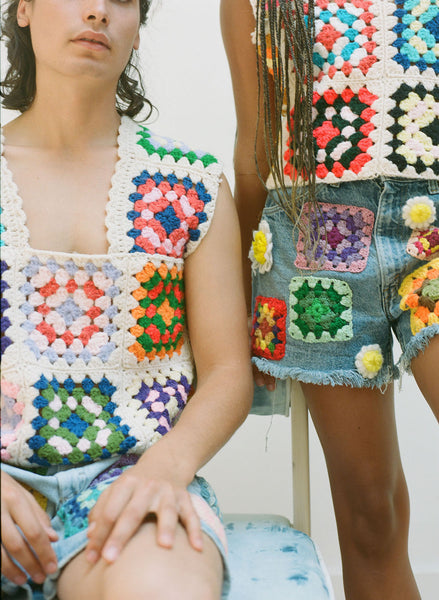
EMMA: 2016 was a significant year for you as you founded THE SERIES amidst an eating disorder recovery and learning about the negative impact of the fashion industry. You've said that using secondhand textiles and fibers was a form of protest, was it also healing for you?
ELLA: Absolutely. In treatment, people will often take up knitting or crochet. I took to embroidery and at first started practicing just on my own clothing. Soon, I expanded from there and started hand stitching patches and fabric scraps. I found it to be extremely soothing and meditative - having busy hands helped to quiet my mind so much that I never wanted to be without a sewing project.
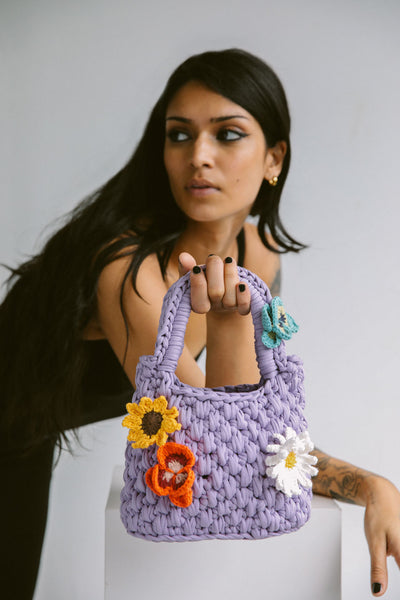
EMMA: THE SERIES centers domestic crafts, which are too often overlooked and deemed "women's work" and given less significance than other art mediums. The world of domestic craft is so vast, were there surprises you discovered as you explored more secondhand goods?
This sentiment of valuing and honoring work that is thought of as less important because of its domestic origins is a critical piece of the foundation of our brand. I find it remarkable how these items can endure time, maintain relevance, and be adapted for modern function and appreciation while still holding their original essence and acting as a connection to another era.
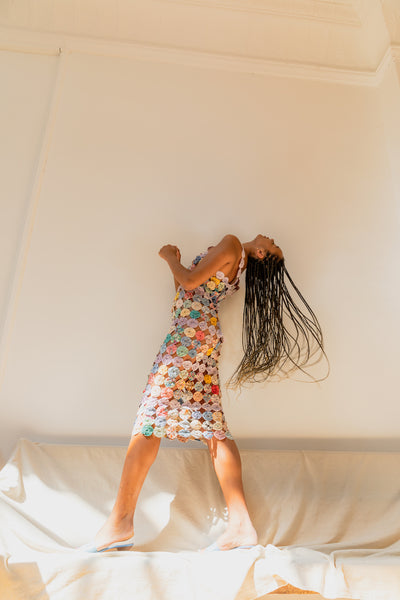
EMMA: Goods are made in New York by a small team - do you all share a studio space and co-work? How have you come to find the artisans that you work with?
I worked with the community center in the town where I grew up to find sewists. They’re independent contractors, so they work from home and are able to set their own schedules and pricing. Our pricing structure is entirely based on the rates they set for themselves so they’re able to make a livable wage.

EMMA: Some domestic craft devotees have decried the use of vintage quilts for repurposing as garments, and you've made a point to say that you'd never cut up a vintage quilt in perfect condition. Can you share more about how you determine what may be repurposed and what may be better left intact? Have you ever come across a quilt that had a particularly interesting history?
A lot of my own curiosity of these materials leads to historical research. I’ve done many deep dives into why certain motifs or styles were popular, why specific fabrics were used, etc. You can go down some fascinating wormholes and find connections to so many different aspects of history just by looking into one small detail.
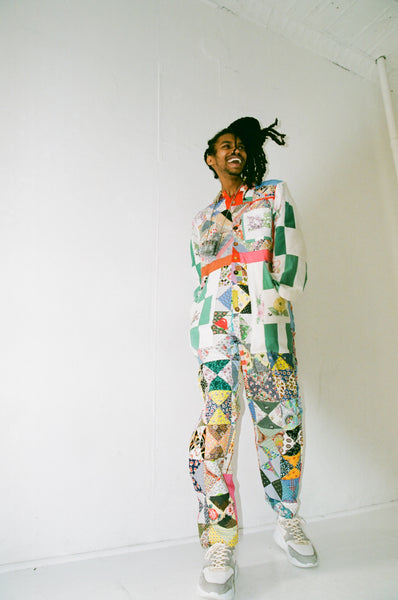
EMMA: One-of-a-kind reworked goods are so incredibly special on their own, especially in an age of so much mass-produced clothing, but I imagine it brings its own complications as an online seller. How did you educate shoppers about the unique product that THE SERIES offers when you first began?
ELLA: It’s definitely more labor intensive writing product descriptions and taking photos and measurements for each and every piece we make, and unfortunately there’s really no shortcut. As the business has expanded we’ve been trying to grow our wholesale accounts which is another challenge. One of the successful ways we’ve done it is working with sustainable materials like bamboo and recycled or organically grown cotton yarn to create multiples of some of our most popular accessories, like our Balaclavas, Hoods and Caps. Our Chunky Bags are produced using yarn that’s made from textile production remnants that would otherwise be destined for a landfill, and we’re looking to expand more into that area of production as well.
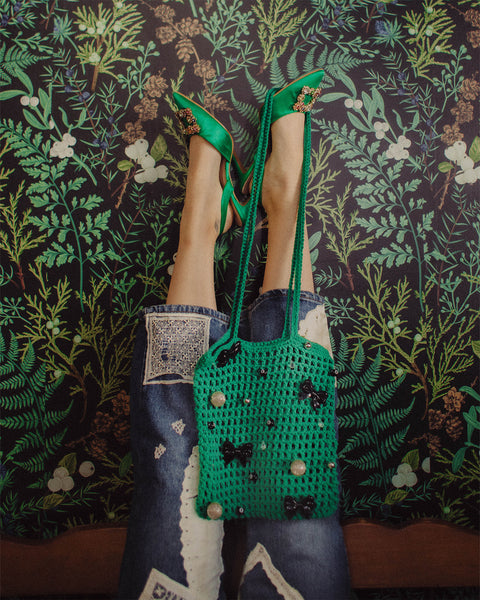
EMMA: THE SERIES has a wide range of apparel and accessories from crocheted bags and balaclavas to puffer coats and yoyo quilt dresses. Do you envision THE SERIES expanding further into other secondhand textiles or fiberwork?
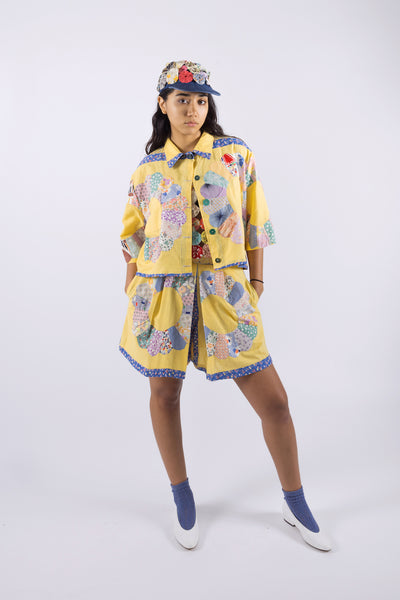
Comments
0 Comments
Leave a Comment